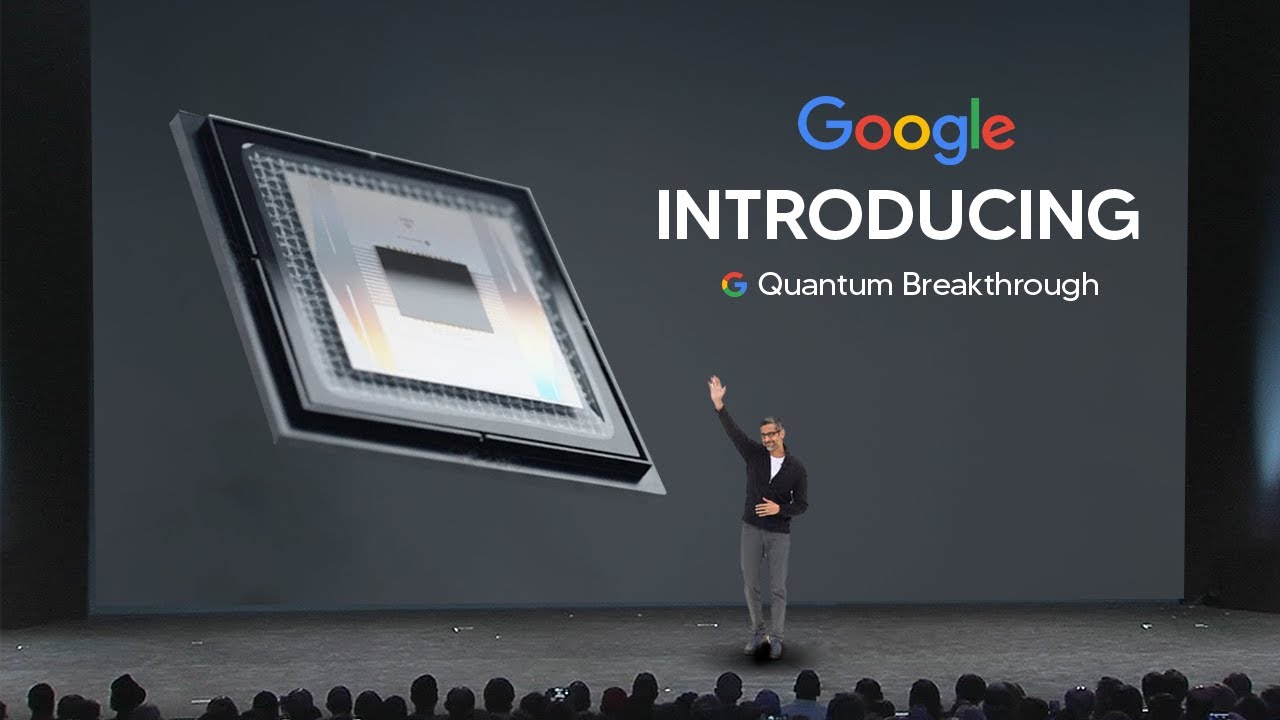Google’s new “quantum echoes” breakthrough using their Willow chip enables quantum computers to perform verifiable and practical tasks 13,000 times faster than the fastest supercomputers, with immediate applications in accurately modeling complex molecules for drug discovery and material science. Unlike previous quantum milestones, this achievement offers repeatable, real-world results that can be independently verified, marking a significant step toward scalable and useful quantum computing technologies.
Google has announced a groundbreaking advancement in quantum computing called “quantum echoes,” achieved using their Willow chip. This breakthrough marks the first time a quantum computer has performed a verifiable task that surpasses the capabilities of the world’s fastest supercomputers, running an algorithm 13,000 times faster. Unlike previous quantum demonstrations that were difficult to verify or had limited practical use, quantum echoes produce repeatable and verifiable results that can be checked against other quantum computers and physical experiments, making this a significant milestone in the field.
The quantum echoes algorithm works by manipulating qubits through a series of quantum gates, running operations forward and then backward, creating an interference pattern or “echo.” This pattern reveals an out-of-time-order correlator (OTOC), a measure of how information spreads and interacts within a quantum system over time and space. Measuring OTOCs has been historically challenging due to faint signals drowned in noise, but Google’s Willow chip, with its highly accurate superconducting integrated circuits and error mitigation techniques, can extract these subtle signals with unprecedented precision, performing trillions of measurements rapidly.
This breakthrough has immediate real-world applications, particularly in molecular science. Google collaborated with UC Berkeley to use quantum echoes to predict the structures of complex molecules, with results perfectly matching traditional nuclear magnetic resonance (NMR) spectroscopy experiments. Moreover, quantum echoes can access molecular information beyond the reach of conventional NMR, such as longer-distance interactions, opening new possibilities in drug discovery, material science, and energy technologies. Accurate molecular modeling could drastically reduce the time and cost of developing new drugs, batteries, and materials by enabling simulations that were previously impossible.
What sets this achievement apart from earlier quantum computing milestones, like Google’s 2019 quantum supremacy demonstration, is its practical utility and verifiability. Previous claims involved solving contrived problems designed to showcase quantum speed but lacked real-world relevance or easy verification. Quantum echoes, however, provide a clear path to useful applications, with results that can be independently verified and replicated. This establishes a foundation of trust and scalability for quantum computing as a scientific tool to explore nature itself, rather than just a computational curiosity.
Looking ahead, Google is focused on developing long-lived logical qubits with error correction, which will enable more complex and reliable quantum computations over extended periods. While this remains a future goal, quantum echoes demonstrate that useful quantum applications are already possible on current noisy intermediate-scale quantum hardware. Google anticipates that within five years, quantum computing will significantly impact fields like drug discovery, materials science, and chemical catalysis, transitioning from experimental demonstrations to practical, transformative technologies.
